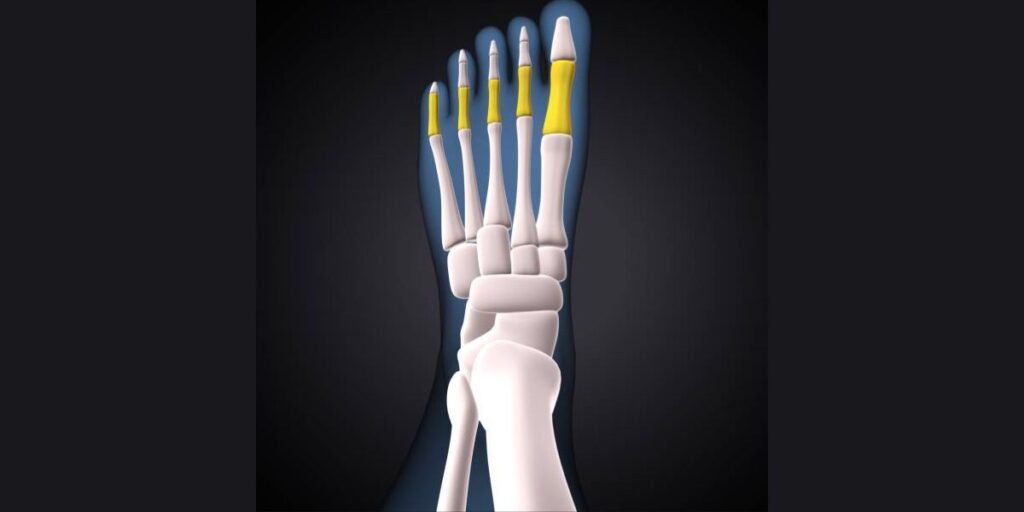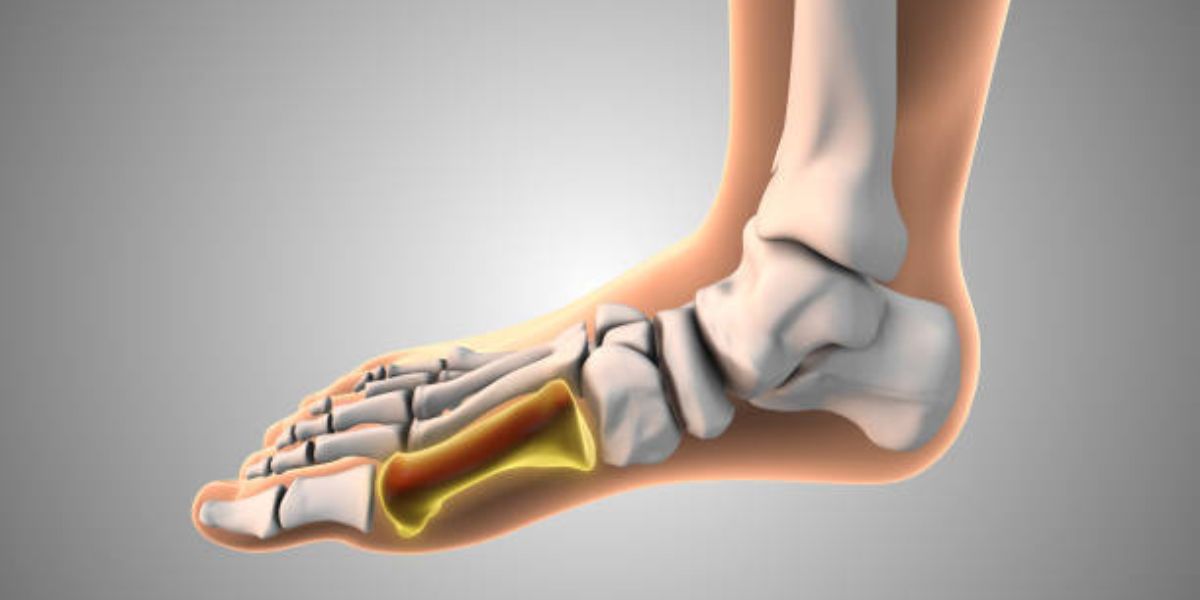What Is First MTP Joint Fusion and Why Is It Performed?
First MTP joint fusion surgery is a procedure that joins the bones of the big toe joint permanently. This surgery is mostly done to relieve chronic toe pain caused by severe MTP joint arthritis or hallux rigidus. When the joint cartilage wears down, it causes stiffness and pain. The fusion stops movement in the joint, which reduces pain.
Doctors recommend this surgery after other conservative foot treatments fail. The goal is to give you big toe pain relief and restore your ability to walk comfortably. While movement is limited, the pain relief and foot stability improve your overall quality of life.
Understanding the Metatarsophalangeal (MTP) Joint in the Big Toe
The metatarsophalangeal joint anatomy includes the joint where the big toe meets the foot. This joint has ligaments of MTP joint and joint cartilage that help with smooth movement. When arthritis damages this joint, it leads to swelling, stiffness, and pain.
The big toe plays a crucial role in walking and balance. Problems here can change foot biomechanics after fusion and affect how you move. Understanding this joint helps explain why fusion surgery is sometimes the best option.
Diagnosis and When Surgery Is Needed
Doctors diagnose big toe problems using physical exams, X-rays, and sometimes MRI scans. The exam checks for limited toe mobility and pain in the joint. The foot surgery hospital stay is often brief, but diagnosis requires careful assessment of symptoms and imaging.
Surgery becomes necessary when chronic toe pain limits daily activities and non-surgical treatments like medications or injections no longer help. Severe arthritis or deformities in the joint often signal the need for big toe joint fusion.
Preparing for First MTP Joint Fusion Surgery
Preparation includes stopping certain medications and arranging for help after surgery. Your doctor will explain the surgical anesthesia process to keep you comfortable during the procedure. You might need pre-surgery tests like blood work.
Preparing your home for recovery is also key. You’ll need easy access to essentials since walking will be limited. Understanding post-operative care foot surgery is important to avoid complications and promote healing.
What Happens on the Day of Surgery?
On surgery day, you will arrive at the hospital or surgery center where staff will check your health status. After surgical anesthesia process, the surgeon begins the procedure. The operation typically takes 1 to 2 hours.
Once the surgery is done, your foot is bandaged, and you will be moved to recovery. Doctors monitor you closely for any early issues such as post-op swelling management or pain control. Staying calm and following instructions is vital during this time.
Surgical Technique and Metal Fixation
During the surgery, the damaged joint surfaces are removed, and the bones are aligned for fusion. Surgeons use metal plates and screws fusion to hold the bones in place while they heal. These metal fixation devices ensure stability during the bone fusion process.
This technique allows bones to fuse tightly, reducing the risk of non-union after joint fusion. The correct positioning also aids in foot alignment correction, which improves your walking ability after recovery.
What to Expect After Surgery (In-Hospital & First Few Weeks)
After surgery, expect some pain, swelling, and limited movement. Nurses will help with wound care after foot surgery to avoid infection. Regular dressing changes for surgery wound are important for healing.
You’ll need to keep weight off your foot and use walking aids for foot surgery like crutches or a walker. Monitoring for nerve damage symptoms and signs of infection is crucial during this period.
Recovery Timeline and Walking Again
The patient recovery timeline varies but usually takes several weeks to months. Most patients begin gentle weight bearing around 6 weeks after surgery, guided by their doctor. Walking steadily depends on bone healing and absence of complications.
Physical therapy starts early to manage stiffness and strengthen foot muscles. Proper physiotherapy after foot surgery helps restore function, while preventing problems like big toe stiffness treatment.

Looking After the Wound, Hygiene & Showering
Taking care of the surgical wound is vital to prevent infection. Keeping the foot dry during showers and following infection prevention foot wound advice helps healing. Use waterproof coverings if needed.
Changing dressings regularly and watching for redness or discharge ensures timely response to issues. Maintaining hygiene also reduces the risk of blood clot risk post-surgery.
Risks, Complications, and When to Call Your Doctor
Like any surgery, risks of joint fusion surgery include infection, nerve damage in foot surgery, and non-union after joint fusion. Sometimes, metal hardware can irritate tissues or cause pain.
You should call your doctor if you experience increasing redness, swelling, fever, or severe pain. Early detection of foot surgery complications helps prevent serious problems.
Physiotherapy, Rehabilitation, and Long-Term Outcome
Rehabilitation involves exercises to improve foot strength and flexibility. The goal is to enhance foot biomechanics after fusion and reduce stiffness. A multidisciplinary care team often supports you through recovery.
Long-term, most patients enjoy significant pain relief and better walking ability. The long-term outcome of MTP fusion is usually positive, but success depends on following care plans closely.
For more information visit us:
Conclusion
First MTP joint fusion surgery offers a reliable solution for severe big toe pain and arthritis. Understanding the procedure, recovery, and risks helps patients prepare well. With proper care, many regain pain-free walking and a better quality of life. If you face hallux rigidus treatment challenges, this surgery might be the answer to your foot problems.
FAQs
What is the recovery time for metatarsal fusion surgery?
Recovery usually takes 6 to 12 weeks, with full healing over several months.
What is MTP fusion surgery?
It’s a surgery that fuses the big toe joint bones to relieve pain and improve stability.
Can you walk normally after foot fusion surgery?
Yes, but walking aids and rehab are often needed during the initial weeks.
What is the success rate of toe fusion surgery?
Success rates are high, typically above 85%, with good pain relief and function.
Welcome to Heel Tooth! I’m Lee Marvin.

